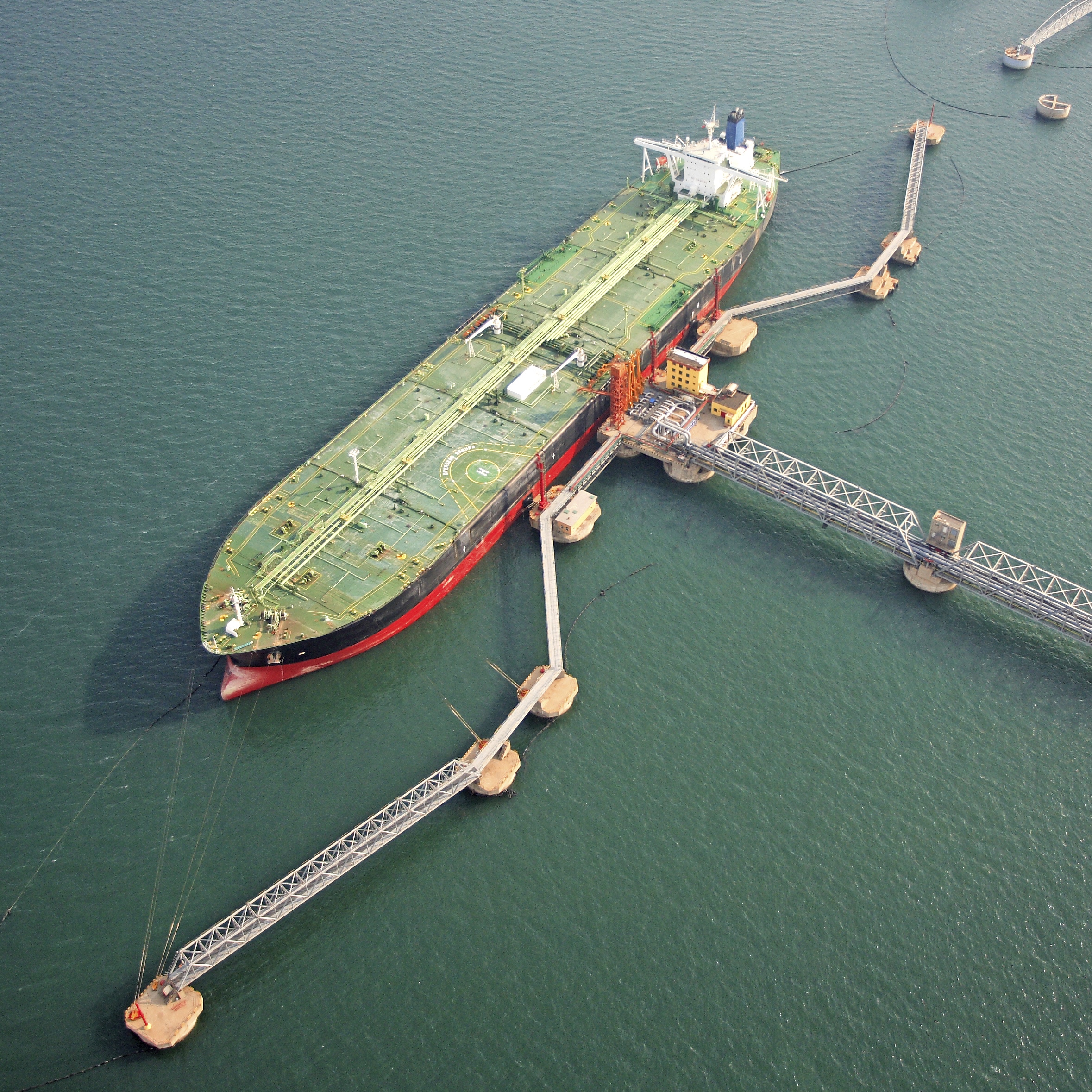
It’s no secret that the production cuts initiated in January by the Organization of Petroleum Exporting Countries (OPEC), Russia and their allies have done little to raise the price of crude oil. To combat rising production in Nigeria and Libya, the cartel is now turning its attention to crude oil exports, according to a report from Monday’s meeting in St. Petersburg.
Production in Nigeria and Libya was not limited by the cuts other OPEC members agreed to last November. The struggling countries have gotten their footing back, however, and production is up by more than 400,000 barrels a day, which nicks about a third from the targeted OPEC cuts.
According to a report in The Wall Street Journal, Nigeria has agreed to cap production at 1.8 million barrels a day, roughly equal to its June production of 1.78 million barrels. Libya’s production goal is 1.25 million barrels a day, and the country produced about 810,000 barrels a day in June, according to S&P Global Platts. Apparently it will not cap production.
The most important part of the agreements reached in St. Petersburg is a so-far voluntary reduction in exports. We noted back in December that OPEC’s production quotas did not include exports. It was not a violation of the agreement to export more than a nation produced. And most OPEC countries had sufficient stockpiles to keep exports up while adhering to the agreed production cuts.
Saudi Arabia, for example, which agreed to a daily production quota of 10.05 million barrels a day, exported just over 8 million barrels a day in December, which had dropped to 6.9 million barrels a day by May, according to JODI data. The Saudis agreed this morning to reduce exports to 6.6 million barrels a day.
That won’t help much. According to Statista, the Saudis consumed about 3.37 million barrels of oil a day in 2016. Added to 6.6 million barrels of exports, the total is 9.97 million barrels a day of production, just 80,000 barrels below the Saudi production quota.
No other OPEC member is reported to have agreed to cut exports. But if this is representative of how such export cuts will be calculated, then price hikes will depend on increased demand. OPEC has reckoned that demand will rise by 2 million barrels a day this year. The cartel better hope that it does.
Benchmark West Texas Intermediate crude for September delivery traded up about 0.8% early Monday morning at $46.15, and Brent crude for September delivery traded up nearly 1% at $48.53.
Get Ready To Retire (Sponsored)
Start by taking a quick retirement quiz from SmartAsset that will match you with up to 3 financial advisors that serve your area and beyond in 5 minutes, or less.
Each advisor has been vetted by SmartAsset and is held to a fiduciary standard to act in your best interests.
Here’s how it works:
1. Answer SmartAsset advisor match quiz
2. Review your pre-screened matches at your leisure. Check out the advisors’ profiles.
3. Speak with advisors at no cost to you. Have an introductory call on the phone or introduction in person and choose whom to work with in the future
Get started right here.
Thank you for reading! Have some feedback for us?
Contact the 24/7 Wall St. editorial team.



